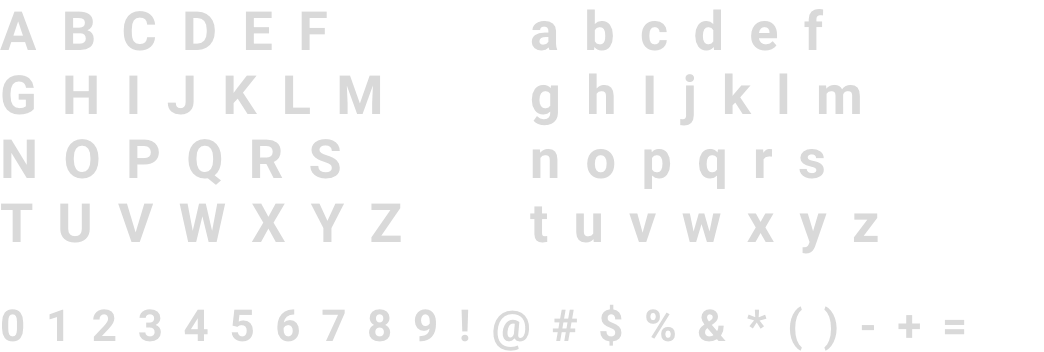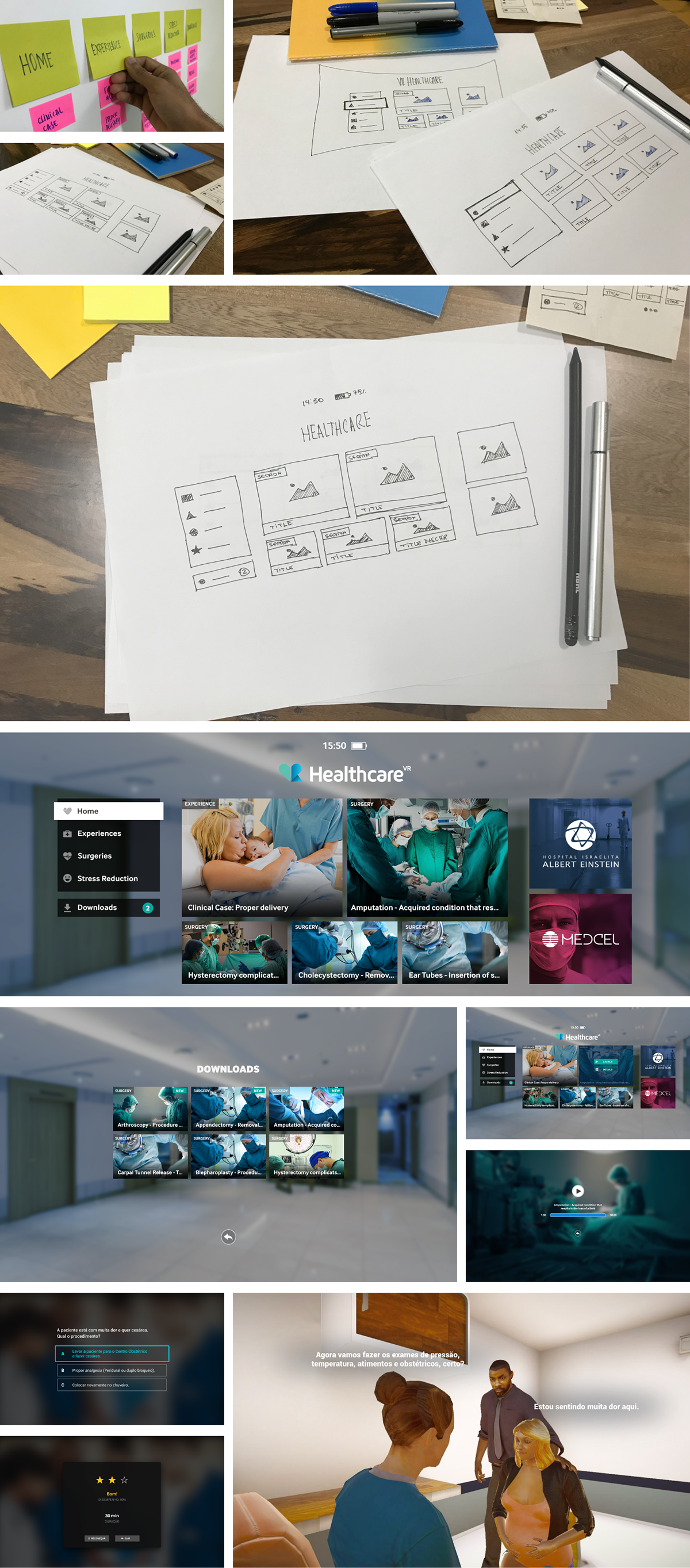
VR Healthcare
A platform for training in healthcare for students and doctors.
My Role
Visual Designer, Prototyper and Support for Developer Team
Production
Sidia (Development) and Hospital Israelita Albert Einstein (Curatorship).
Team Project
Designers, Developers, Artists and QA Testers
Problem & Project Overview
In summary, the number of medical retirements* and the demand for trained professionals has increased. There is a high cost of medical training and training accessibility. The healthcare content is scalable. Some types of knowledges can see the lack of training.
The Healthcare project an open platform that delivers VR content and 360 videos created by acknowledged institutions focused on training for healthcare professionals. A platform for training in healthcare in partnership with Albert Einstein Hospital (AEH). Initially this will be a pilot project of an open platform for different contents related to training.
The Healthcare project an open platform that delivers VR content and 360 videos created by acknowledged institutions focused on training for healthcare professionals. A platform for training in healthcare in partnership with Albert Einstein Hospital (AEH). Initially this will be a pilot project of an open platform for different contents related to training.

Design Process

Design Process: Discovery
Desk Research
At this stage, we did a desk research to find out what were the best VR experiences in the Oculus Store, and how were the UX, interface, mechanics, storytelling and mood of these applications and from there, start designing and producing our VR experience.
Benchmark
In the Benchmark, two approaches were analysed, the first to analyze the home screen types and the second to analyze how the contents were displayed.
Below can see some examples that was analysed for us, the first are home screen types and after about contents.
Below can see some examples that was analysed for us, the first are home screen types and after about contents.
Design Process: Develop
Prototyping
The prototypes were very important for this project, because it was necessary to validate ideas, concepts and interactions very fast, to avoid spending much time and money on development. For this, we made many prototypes during the project, using Adobe Illustrator, Photoshop, Sketch and mainly Unity 3D to build and visualize the experience in the Samsung Gear VR.

Design Process: Deliver
User Test
In the initial design phase we used several quick and dirty tests with members of our own time, as well as with people inside the company to validate interactions and flows.
It is important to remember that this type of test does not invalidate the Usability Test, but it is better than not to perform any tests.
In the final stages of the project, tests were carried out with the users.
It is important to remember that this type of test does not invalidate the Usability Test, but it is better than not to perform any tests.
In the final stages of the project, tests were carried out with the users.

Refine and Build
After the feedbacks we perform the refinements in the interface, flow and interactions and building an even better experience.
Achievements
Results Achieved
VR Experience published in the Oculus Store (Samsung Gear VR);
This project helped our partner in the Adequate Childbirth Program (PPA), proposed by the National Health Agency (ANS).
Hospital Israelita Albert Einstein and Sidia renew partnership to develop new content;
Lessons learned
To develop a VR experience can be necessary a multidisciplinary team, like a 3D artists and concept artists for example;
Test of users quick and dirty is better than nothing;
The design team should be very close of the development team, to learn and engagement;
Less spec documentation is faster. It’s accelerate the development;
Prototyping is very important to validate ideas and interactions;
“Handover” of design should be in Unity 3D, this can accelerate the development process.
User Interface
Typography
The choice of typography was made after several tests with the quick prototype to visualize what is the typography that we could use it without the problems of pixelization and readability. The Roboto proved to be very versatile throughout our interface and we managed to drastically reduce the pixelation problems in VR.
Font

Color Palette

Signs

Virtual Reality Interface

News


Thank you!
It would be incredible
to know your opinion
😉








